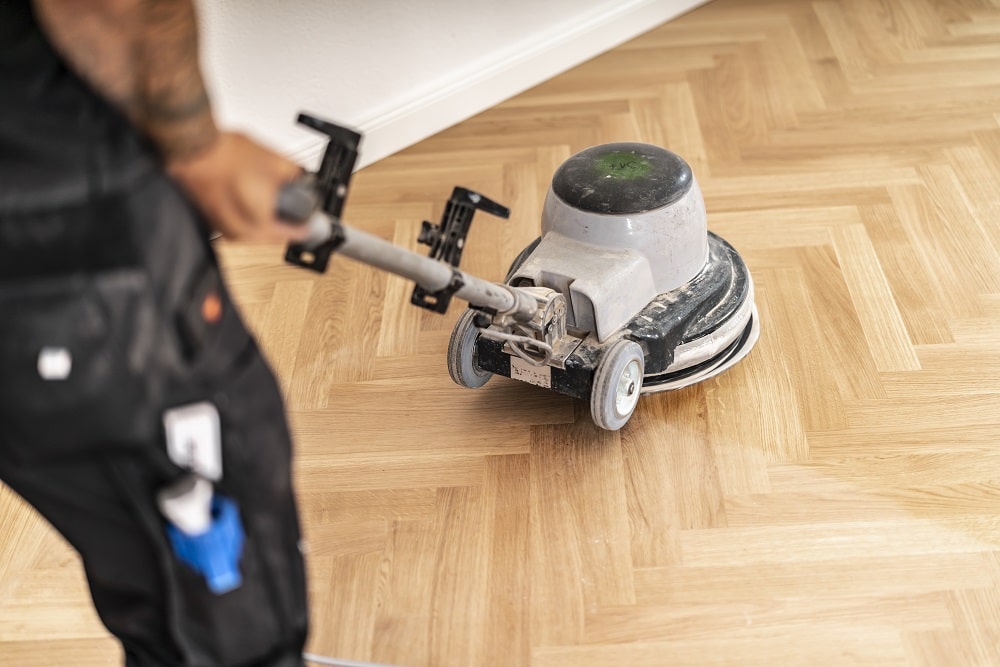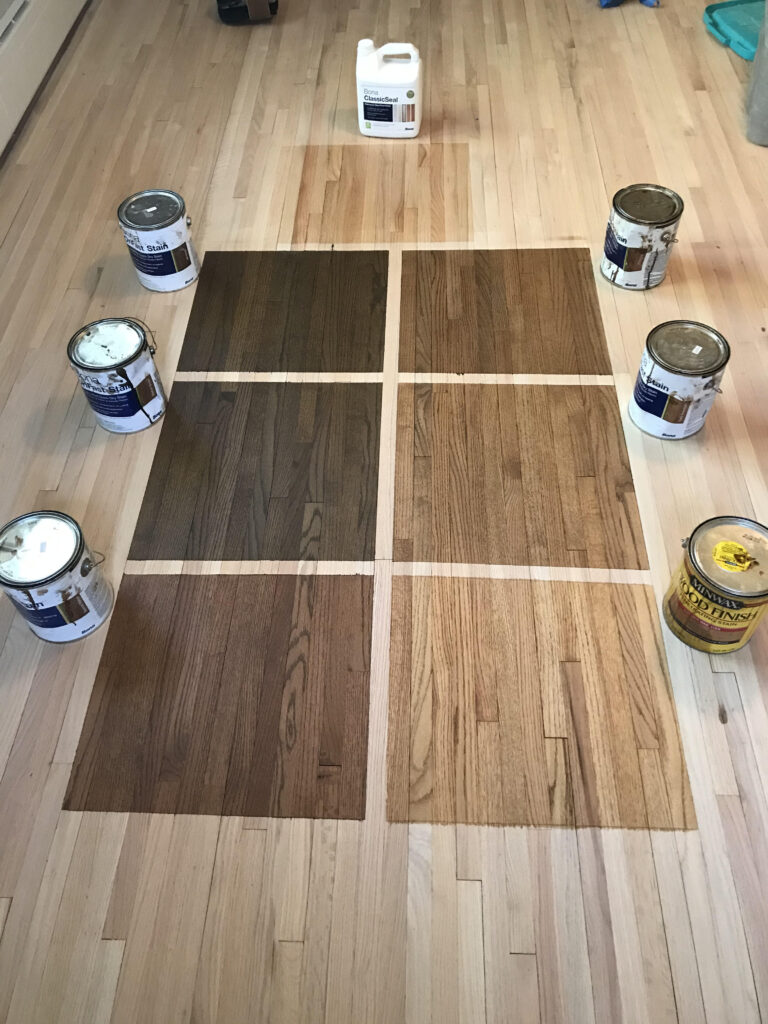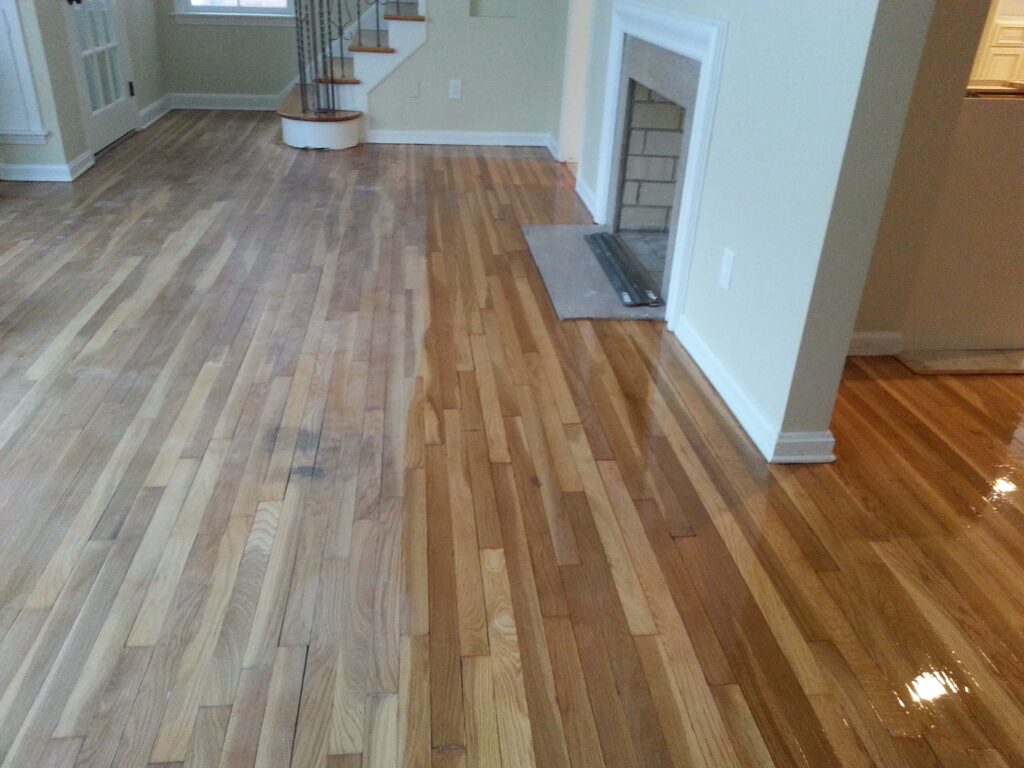Restoring hardwood floors can breathe new life into an older or worn-out floor, bringing back its original beauty and luster. Here’s a general guide on how to restore hardwood floors:
- Assessment: Begin by assessing the condition of the hardwood floor. Look for signs of wear, scratches, dents, stains, and other damage. Determine if the floor needs a simple refinish or more extensive repairs.
- Cleaning: Thoroughly clean the hardwood floor to remove dirt, dust, and debris. Use a vacuum cleaner or broom to remove loose dirt and a hardwood floor cleaner to mop the surface. Allow the floor to dry completely before proceeding.
- Sanding: If the hardwood floor has deep scratches, stains, or an existing finish that needs to be removed, sanding may be necessary. Use a drum sander, orbital sander, or sanding machine with progressively finer grit sandpaper to sand the floor. Start with a coarse grit (e.g., 36 or 60) and gradually work your way up to finer grits (e.g., 100, 120, 150) until the surface is smooth and uniform. Be sure to sand along the grain of the wood.
- Repairing Damage: Repair any damaged areas of the hardwood floor, such as scratches, gouges, or gaps between boards. Fill scratches and gouges with wood filler, and use wood putty or epoxy filler to fill larger gaps. Allow the filler to dry completely before sanding and refinishing.
- Staining (optional): If you want to change the color of the hardwood floor or enhance its natural hue, you can apply a stain after sanding and before applying the finish. Test the stain on a small, inconspicuous area of the floor to ensure it achieves the desired color.
- Applying Finish: Once the floor is sanded and repaired (and stained, if desired), apply a protective finish to seal and protect the wood. Choose a finish appropriate for your needs and preferences, such as polyurethane, oil-based, water-based, or wax finishes. Apply the finish using a brush, roller, or applicator pad, following the manufacturer’s instructions for application and drying times. Apply multiple coats as needed, lightly sanding between coats for a smooth finish.
- Drying and Curing: Allow the finish to dry and cure completely before allowing foot traffic or placing furniture on the floor. This process can take several days, depending on the type of finish used and environmental conditions.
- Final Touches: Once the finish is fully cured, reinstall any baseboards, transition strips, or other trim that was removed during the restoration process. Clean the floor again to remove any remaining dust or debris, and enjoy your beautifully restored hardwood floor.
If you’re unsure about any aspect of hardwood floor restoration, or if the floor requires extensive repairs or refinishing, consider hiring a professional flooring contractor with experience in hardwood floor restoration to ensure the best results.
Contact Perfection Flooring LLC
123-456-7890



